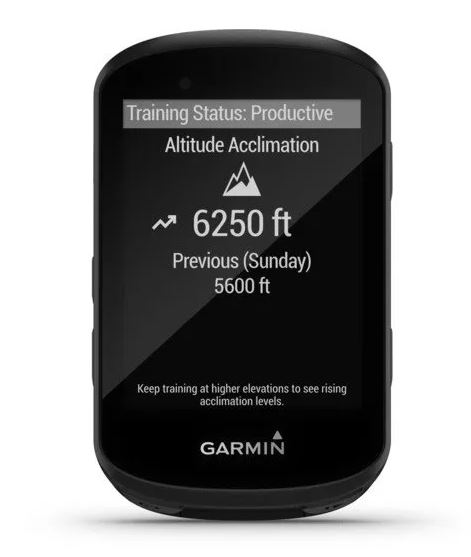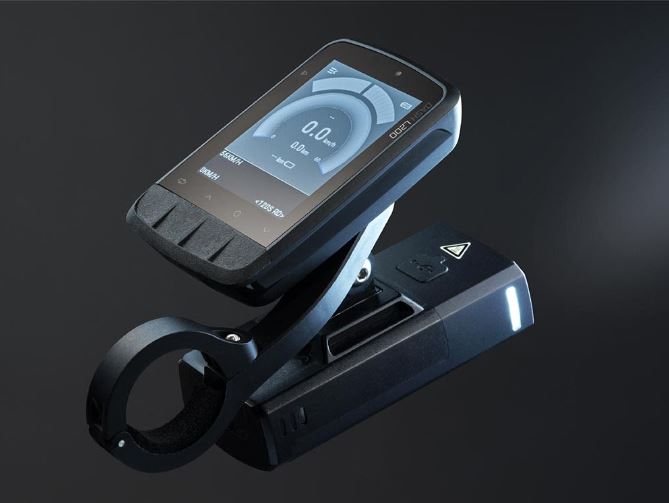5 Key Insights: Integrating Heart Rate Monitors with Bike Computers

Key Point Summary of Integrating Heart Rate Monitors with Bike Computers:
- Real-Time Performance Insights: Understand your effort levels during rides to optimize training.
- Training Zones Identification: Use heart rate data to train efficiently within specific heart rate zones.
- Recovery Tracking: Monitor your heart rate for insights into your recovery status and overall health.
- Long-Term Health Benefits: Gain a comprehensive view of your cardiovascular health over time.
- Seamless Integration: Modern bike computers and heart rate monitors offer easy connectivity, enhancing your training experience.
As a masters cyclist who has navigated the exhilarating paths of mountain biking, the enduring stretches of gravel, and the strategic courses of cyclocross, I’ve grown to appreciate the nuanced aspects of training that can elevate one’s cycling experience. One such aspect is the integration of heart rate monitors with bike computers—a combination that has profoundly impacted my approach to training and overall health tracking.
This blend of technology not only offers a real-time glimpse into your physical exertion but also aids in meticulously crafting your training regimen to align with your fitness and racing goals. Let’s delve into how leveraging these tools can be a game-changer for cyclists at the beginner to mid-level stages of their journey.
The Foundation of Training: Real-Time Performance Insights
Understanding how hard your heart is working during different phases of your ride can offer invaluable insights into your overall performance. This real-time feedback allows you to adjust your effort on the fly, ensuring you’re not overexerting in the early stages of a long ride or race and have enough in reserve for a strong finish.

Training Zones Identification: Maximizing Efficiency
Heart rate monitors, when synced with bike computers, enable cyclists to define and adhere to specific training zones. These zones range from light activity to maximum effort, each serving a unique purpose in a comprehensive training plan. Training within these zones can help improve endurance, speed, and overall cardiovascular health, making your workouts more structured and efficient.
Recovery Tracking: Listening to Your Body
Post-ride recovery is just as crucial as the ride itself. Monitoring your heart rate post-exercise and during rest periods can provide insights into how well your body is recovering. An elevated resting heart rate, for instance, might indicate a need for more rest or signal an underlying health issue.
Long-Term Health Benefits: A Broader Perspective
Beyond immediate training benefits, the integration of heart rate data and cycling metrics can offer a long-term view of your cardiovascular health. Trends in your resting heart rate, recovery rate, and heart rate variability can inform you about improvements in your fitness level or warn you about potential health risks.
Seamless Integration: Elevating the Training Experience
Today’s bike computers and heart rate monitors boast seamless connectivity, typically via Bluetooth or ANT+, making it easier than ever to pair devices and access your data in one place. This integration not only simplifies the tracking process but also enhances the overall training experience, allowing you to focus more on the ride and less on the logistics of data collection.

Integrating Heart Rate Monitors with Bike Computers: Wrapping Up
The synergy between heart rate monitors and bike computers is a testament to how technology can enhance the cycling experience. This combination offers a detailed lens through which cyclists can view their performance, health, and progress, providing a structured approach to training that caters to the nuances of individual fitness levels and goals.
For cyclists at the beginning or mid-level stages of their journey, embracing this integration means not only improved performance and efficiency but also a deeper connection with their own physical health and well-being. As the technology continues to evolve, the potential for even more sophisticated training and health monitoring seems boundless, promising a future where our rides are not just powered by our legs, but informed by the beat of our hearts.
The Garmin Edge 530 represents the essence of the article well, offering robust integration with heart rate monitors alongside its advanced cycling metrics. This bike computer is renowned for its detailed performance tracking, including cycling dynamics, heat and altitude acclimation, and nutrition and hydration alerts. Its compatibility with ANT+ and Bluetooth sensors allows it to easily connect with a wide range of heart rate monitors, making it an ideal choice for cyclists looking to delve into detailed health and performance analysis.
With features that cater to a broad spectrum of cyclists, from beginners to experienced racers, and its focus on improving training efficiency and safety, the Garmin Edge 530 stands out as a comprehensive tool that embodies the convergence of technology and cycling proficiency

FAQ
How do you monitor your heart rate when cycling?
To monitor your heart rate when cycling, you typically wear a heart rate monitor strap around your chest or a wrist-based heart rate monitor. These devices measure your heartbeats per minute in real-time and can sync this data with a cycling computer or smartphone app to track your heart rate throughout your ride.
How does bike computer measure heart rate?
Bike computers measure heart rate through wireless connectivity (usually via Bluetooth or ANT+) to a compatible heart rate monitor that the cyclist wears. The heart rate monitor detects the electrical activity of the heart (chest strap) or blood flow (optical, wrist-based sensors) to calculate beats per minute, which is then transmitted to the bike computer for display and recording.
Can I use my Garmin watch as heart rate monitor for Garmin Edge?
Yes, you can use your Garmin watch as a heart rate monitor for a Garmin Edge bike computer. Most Garmin watches can broadcast heart rate data via ANT+, allowing them to act as a heart rate monitor. You’ll need to enable the heart rate broadcast function on your watch and pair it with your Garmin Edge through ANT+ connectivity.
Ride on
John






